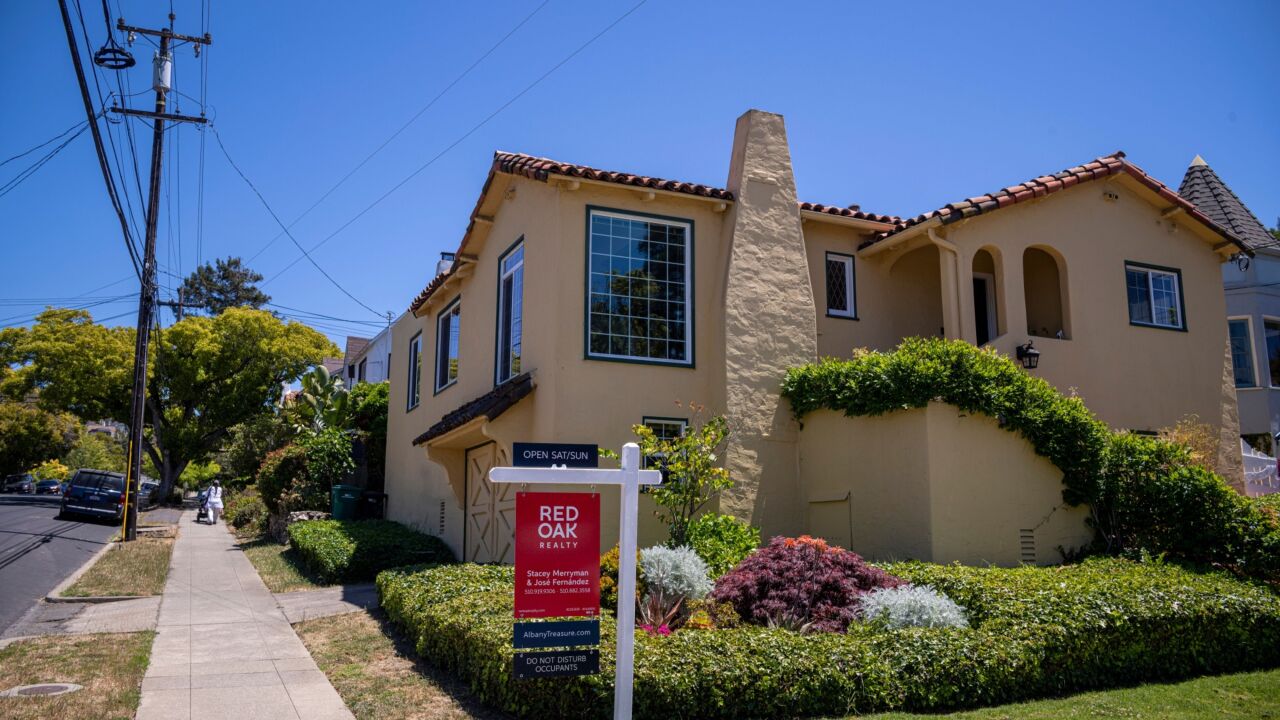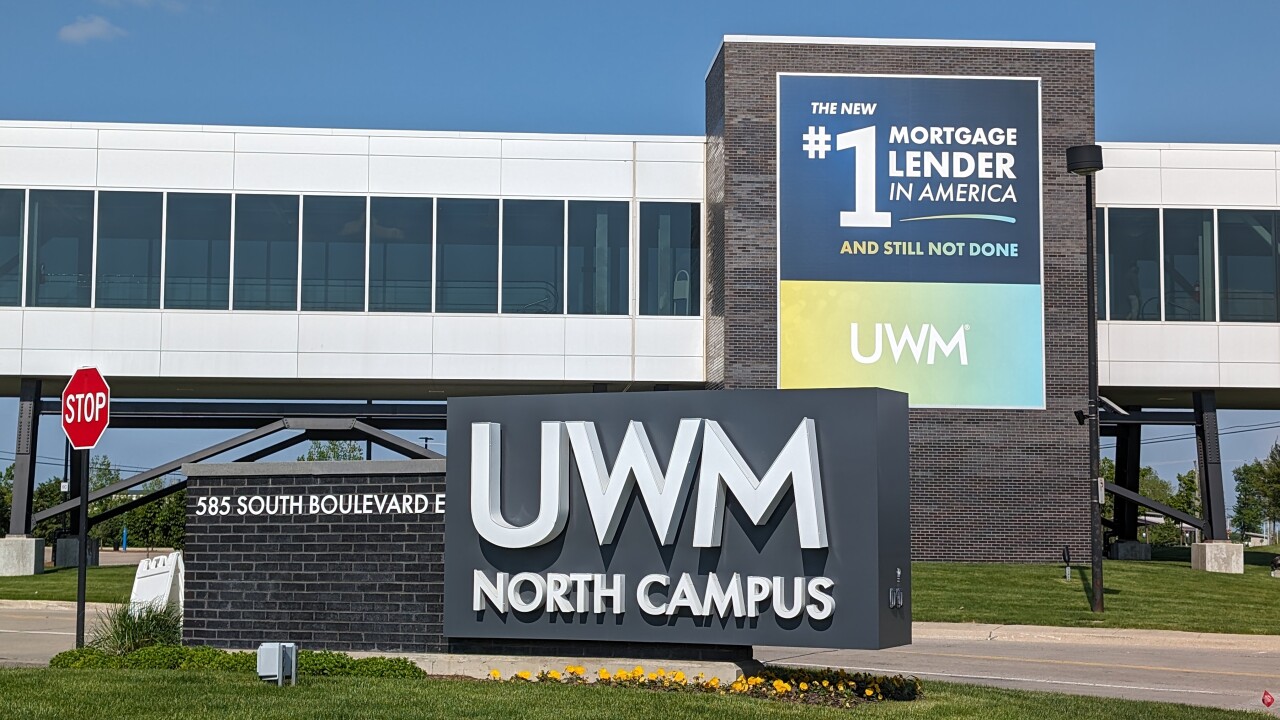The number of Americans who signed contracts in March to buy previously owned homes climbed after the biggest increase in more than four years, a sign for further progress in the housing recovery.
The index of pending home sales rose 1.1% after a revised 3.6% jump in February that was the biggest since October 2010, figures from the National Association of Realtors showed today in Washington. Demand picked up in the South and West.
An improving labor market and low borrowing costs are making homeownership attainable for more Americans. Wider credit availability and a pickup in wage growth will be needed to spur even bigger gains, while continued price appreciation may help convince more prospective sellers to put their properties on the market.
"The trend is up, it's just slow and uneven," said Joseph LaVorgna, chief U.S. economist at Deutsche Bank Securities Inc. in New York. "Things are improving, but the cycle's going to be drawn out."
The median forecast of 37 economists surveyed by Bloomberg projected a 1% gain. Estimates ranged from a decline of 3% to an increase of 3.5%, after a previously reported 3.1% advance in February.
Another report Wednesday showed the economy barely grew in the first quarter, buffeted by slumps in business investment and exports after oil prices plunged and the dollar surged. Gross domestic product, the volume of all goods and services produced, rose at a 0.2% annualized rate after advancing 2.2% the prior quarter, according to the Commerce Department.
Purchases rose 13.4% in March from the previous year on an unadjusted basis, the most since October 2012, after a 12.5% advance in the 12 months that ended in February, the association reported.
"While contract activity being up convincingly compared to a year ago is certainly good news, the increased number of traditional buyers who appear to be replacing investors paying in cash is even better news," the group's chief economist Lawrence Yun said in a statement. "It indicates this year's activity is being driven by more long-term homeowners."
The pending home sales index was 108.6 on a seasonally adjusted basis, the highest since June 2013. A reading of 100 corresponds with the average level of contract activity in 2001, or "historically healthy" home-buying traffic, according to the NAR.
The March gain was led by a 4% increase in the South. Pending sales rose 1.7% in the West. They dropped 2.5% in the Midwest and 1.5% in the Northeast.
Economists consider pending sales a leading indicator because they track new purchase contracts. Existing-home sales are tabulated when a contract closes, usually a month or two later.
Sales of those homes climbed 6.1% to a 5.19 million annualized rate last month, the highest level since September 2013, figures from the Realtors group showed. Houses were on the market for 52 days on average, the shortest period since July, and property values rose.
That stands in contrast with purchases of new homes, which slumped in March from a seven-year high. Sales dropped 11.4% to a four-month low 481,000 annualized pace, Commerce Department figures showed.
The choppy picture painted by the housing data underscores the idea that the industry's recovery will be measured. For many companies, such as paint-manufacturer Sherwin-Williams Co., that's a good thing.
"We really like the pace of this recovery — that we're not seeing huge year-over-year increases in activity on either the residential or nonresidential side of the market," Robert Wells, senior vice president of investor relations, said in an April 16 earnings call. "At this measured pace, depending on where the market peaks exactly, it could certainly go another three years to five years."
Homebuilders are also optimistic about the outlook. The National Association of Home Builders/Wells Fargo sentiment gauge increased in April to the highest level since January, the Washington-based group reported Wednesday.
More momentum in the housing market will be helped by mortgage rates holding near historical lows and easier lending standards. A pickup in wage growth will also make Americans more at ease about undertaking such a big purchase, especially as home prices rise.





